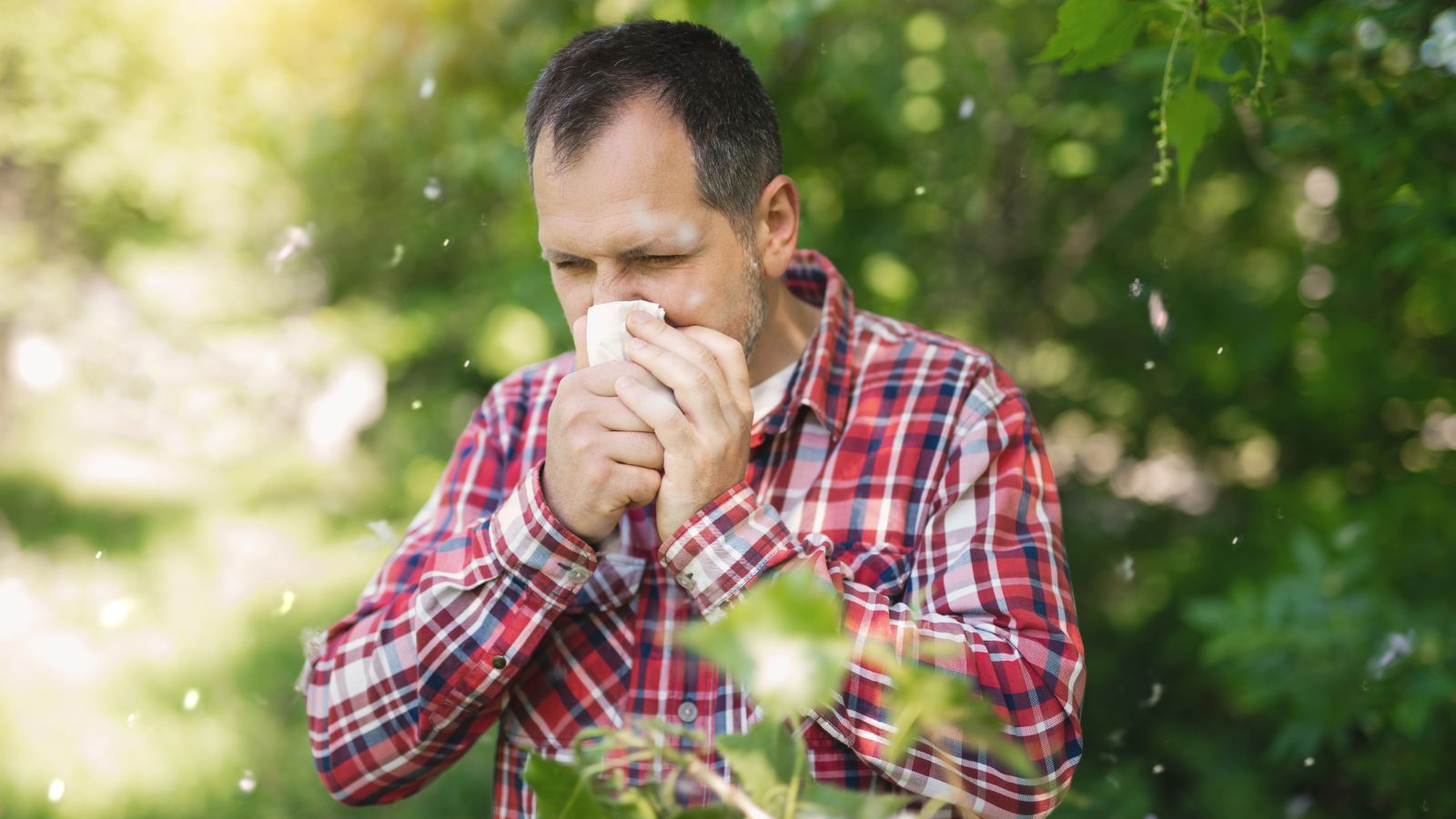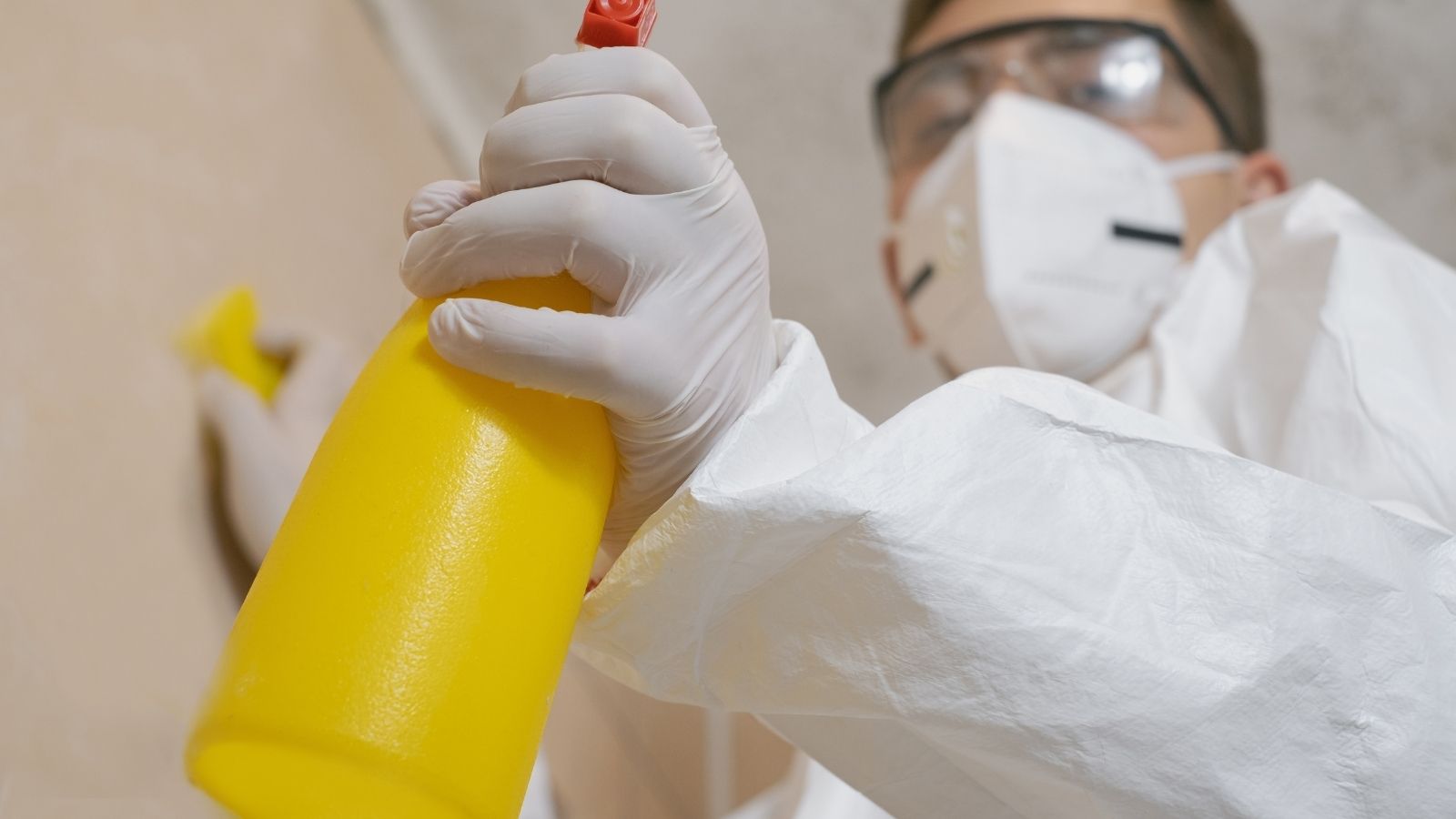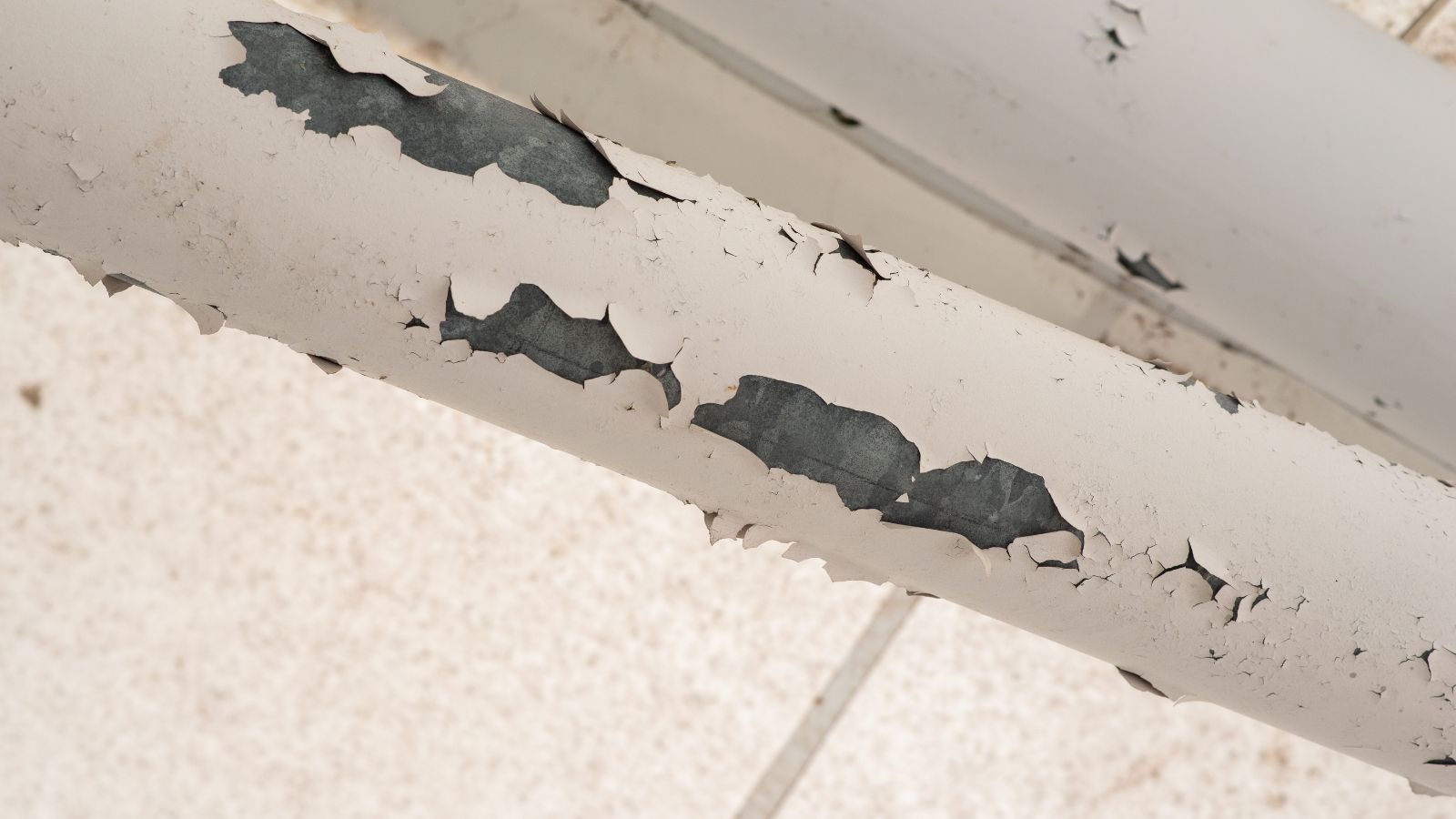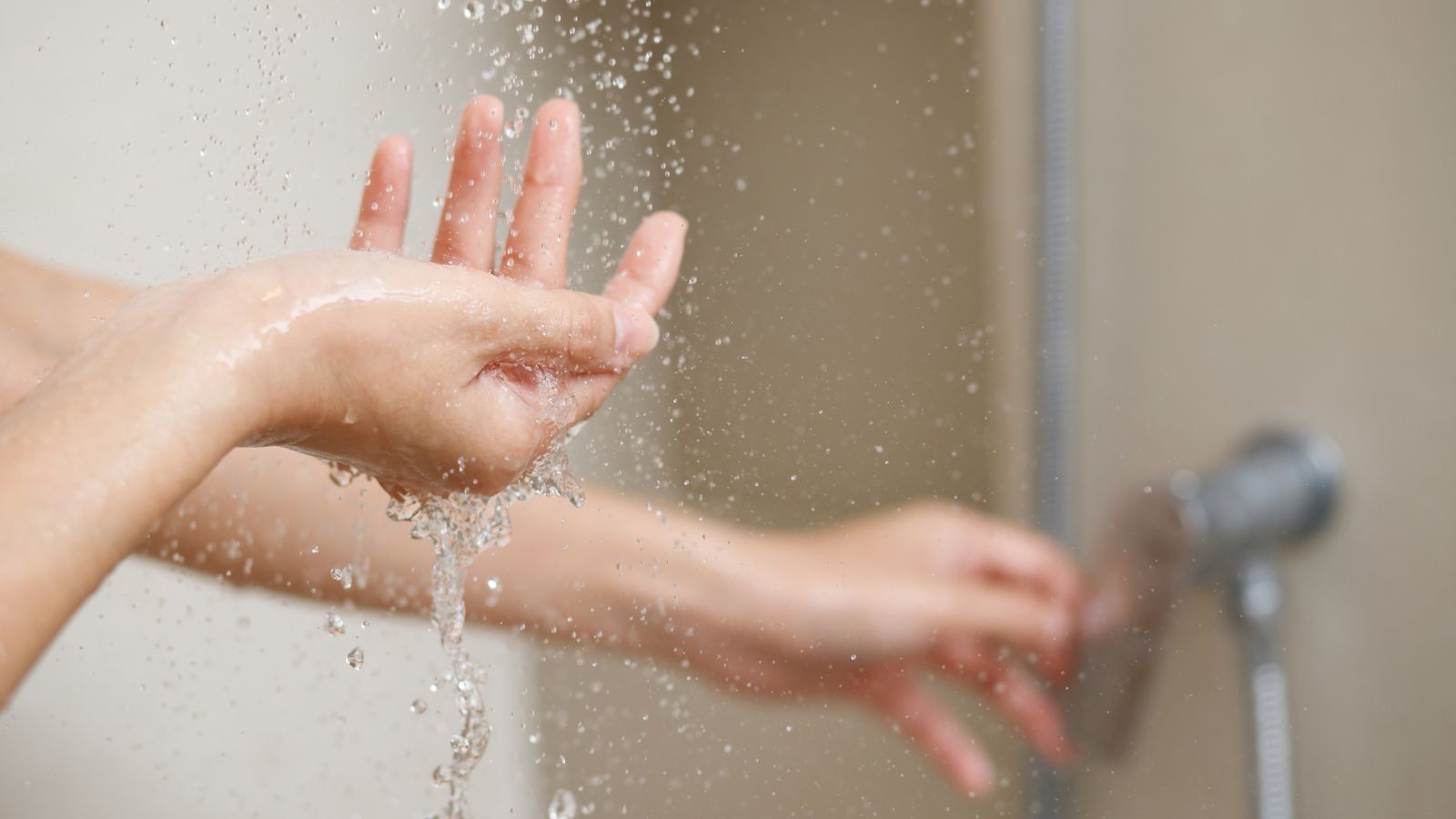Homes are meant to be places where people can relax and unwind with their families and a sanctuary from our busy lives. But, there’s some hazards in our home that could secretly be making us sick. From unseen mold to poor ventilation, we look at 16 startling signs your home could be making you unwell:
Frequent Headaches

If you or your family members experience frequent headaches while at home, poor indoor air quality could be the culprit. Exposure to indoor pollutants like carbon monoxide, volatile organic compounds (VOCs) and mold spores can lead to headaches and migraines. Leaky gas appliances or faulty ventilation systems may also be releasing harmful gases into the air.
Allergy-Like Symptoms

Watery eyes, runny noses and constant sneezing may indicate that your home is harboring allergens. Dust mites, pet dander, pollen and mold are common indoor allergens that can cause respiratory issues, especially in homes with poor ventilation. If your symptoms worsen indoors, it’s time to investigate your home’s air quality.
Persistent Fatigue

If you’re feeling chronically tired even after a good night’s sleep, the air in your home could be affecting your energy levels. Poor indoor air quality, chemical off-gassing from furniture, or hidden mold can lead to chronic fatigue. If your tiredness seems to ease when you leave the house, your living environment could be the cause.
Unexplained Respiratory Problems

Coughing, wheezing, or shortness of breath inside your home could be signs of indoor pollutants like mold, dust, or airborne chemicals. Mold spores, especially, can trigger asthma and other respiratory issues. If your symptoms worsen in humid areas like the bathroom or basement, mold growth could be contributing to the problem.
Mold or Mildew Smell

A musty or damp smell is one of the most obvious signs of mold or mildew. These fungi thrive in moist environments and can grow behind walls, under flooring, or inside insulation without being immediately visible. Being exposed to mold for prolonged periodscan cause respiratory problems such as asthma, as well as allergic reactions.
Skin Irritations

Rashes, dry skin, or itchy eyes may be linked to irritants in your home. Chemical cleaners, laundry detergents and even the material of your furniture or carpets can trigger skin sensitivities. Mold and dust mites are also common causes of skin irritations. Pay attention if your skin issues flare up after spending time at home.
Frequent Sinus Infections

Recurrent sinus infections or nasal congestion may indicate that the air quality in your home is compromised. If you’re exposed to high levels of dust, mold or pet hair you can irritate your nasal passages which can lead to inflammation and infections. Ensure your HVAC system is properly maintained, and regularly clean air filters to reduce irritants.
Peeling Paint or Warping Walls

Peeling paint or warping are a sign that there’s too much moisture in your home, which often leads to mold. Excessive humidity, roof leaks or faulty plumbing give mold opportunities to thrive. If mold is left unchecked it can impact your health, causing respiratory issyes, headaches and fatigue.
Worsening Asthma or Allergies

If you or a family member has asthma or severe allergies and symptoms seem to worsen at home, it could be due to airborne irritants like mold, pet dander, dust mites, or chemicals. Pay attention to when symptoms flare up—it could be tied to the condition of your home’s air quality or hidden allergens.
Carbon Monoxide Symptoms

Dizziness, nausea, shortness of breath and confusion can be early signs of carbon monoxide poisoning, which is potentially life-threatening. Carbon monoxide is odorless and colorless, so you won’t notice its presence unless you have a detector installed. Faulty gas appliances, fireplaces, or poor ventilation systems are common sources.
Water Damage Stains

Visible water stains on your walls or ceilings are red flags for leaks, which often lead to mold growth. Mold growth and exposure to harmful bacteria can impact your health so any leaks in your home should be fixed as soon as you notice them to prevent the growth of harmful microorganisms.
Frequent Flu-Like Symptoms

If you consistently feel like you’re coming down with a cold or flu, even when you’re not sick, it could be due to your home’s air quality. Prolonged exposure to toxins like mold, VOCs from paints and cleaning products, or carbon monoxide can cause symptoms like nausea, fatigue, fever and muscle aches.
Odd Tasting Water

If your tap water tastes metallic, sulfurous or just off, it could be contaminated. Corroding pipes, bacteria and even high levels of lead can introduce toxins into your water supply. You should avoid drinking contaminated water to prevent serious illnesses like gastrointestinal problems and headaches.
Increased Humidity

Excessive indoor humidity (above 60%) creates an ideal environment for mold and dust mites, both of which can cause respiratory issues and allergic reactions. Use a dehumidifier to keep humidity levels under control and regularly check for leaks or water buildup in basements, bathrooms and kitchens.
Chemical Smells

A strong chemical odor lingering in your home could signal the presence of VOCs, which are often found in cleaning products, new furniture, carpeting, or paints. Prolonged exposure to VOCs can cause headaches, nausea, dizziness and long-term damage to your liver, kidneys and nervous system.
Unusual Pet Behavior

Pets are often more sensitive to environmental changes than humans. If your pet starts sneezing, coughing, or scratching excessively, it could indicate poor air quality or the presence of mold, dust mites, or other allergens. Unexplained lethargy in your pets could also be a sign of toxins in the air or water.
18 Reasons Why People Are Leaving Florida in Masses

Exploring factors that impact the desirability of living in Florida, this list delves into various challenges shaping residents’ experiences. From environmental concerns like rising sea levels to economic factors such as fluctuating job markets, these issues collectively contribute to a nuanced understanding of the state’s appeal.
18 Reasons Why People Are Leaving Florida in Masses
